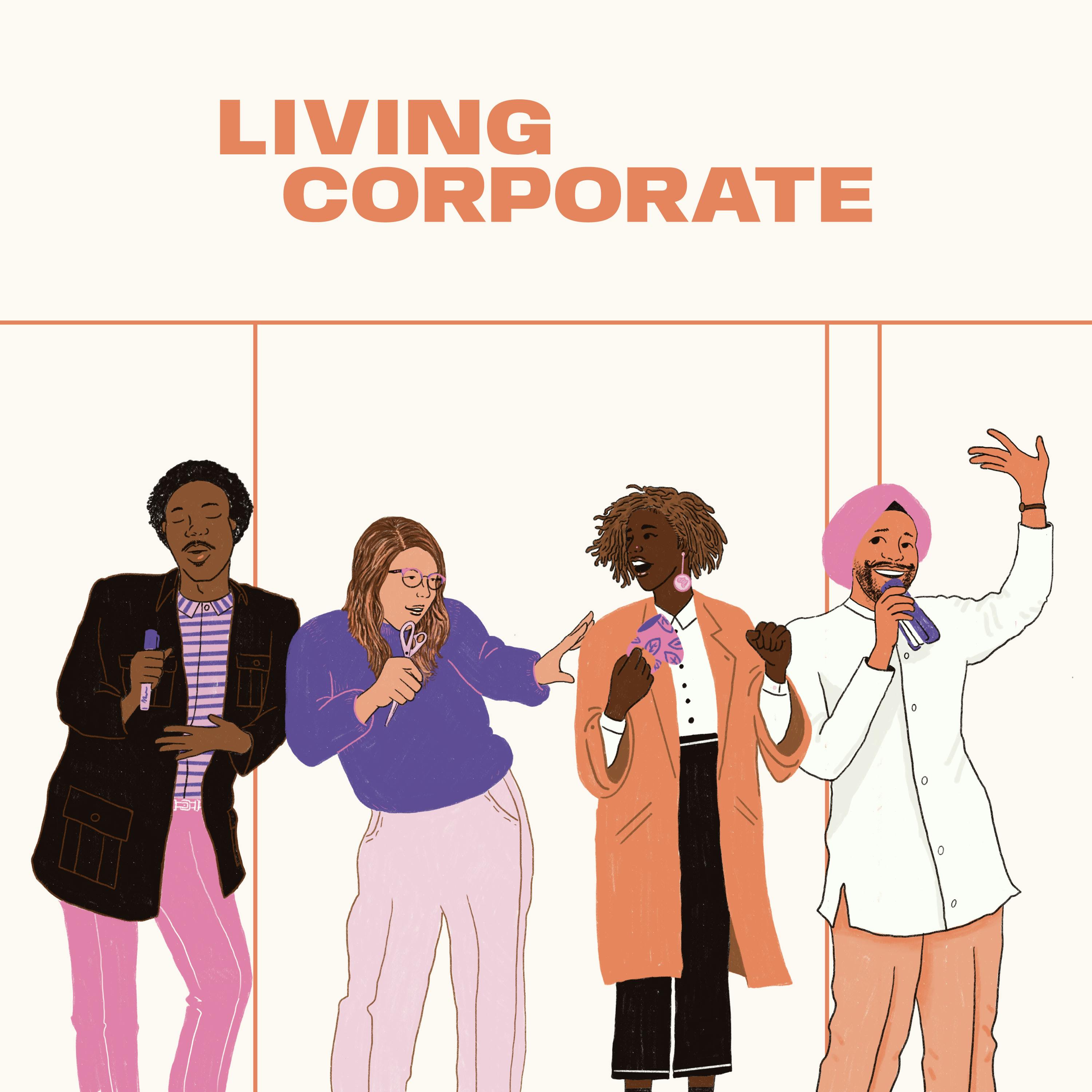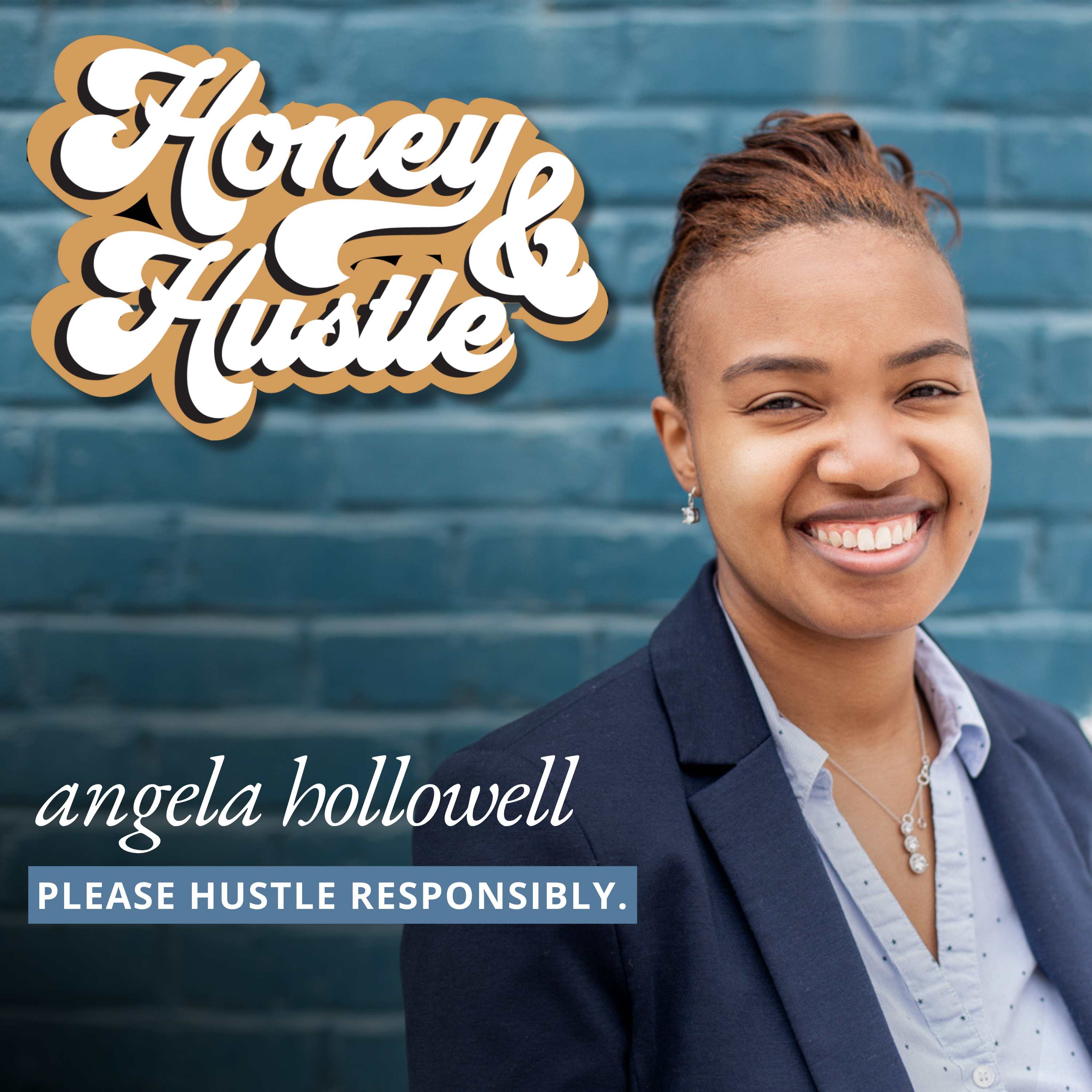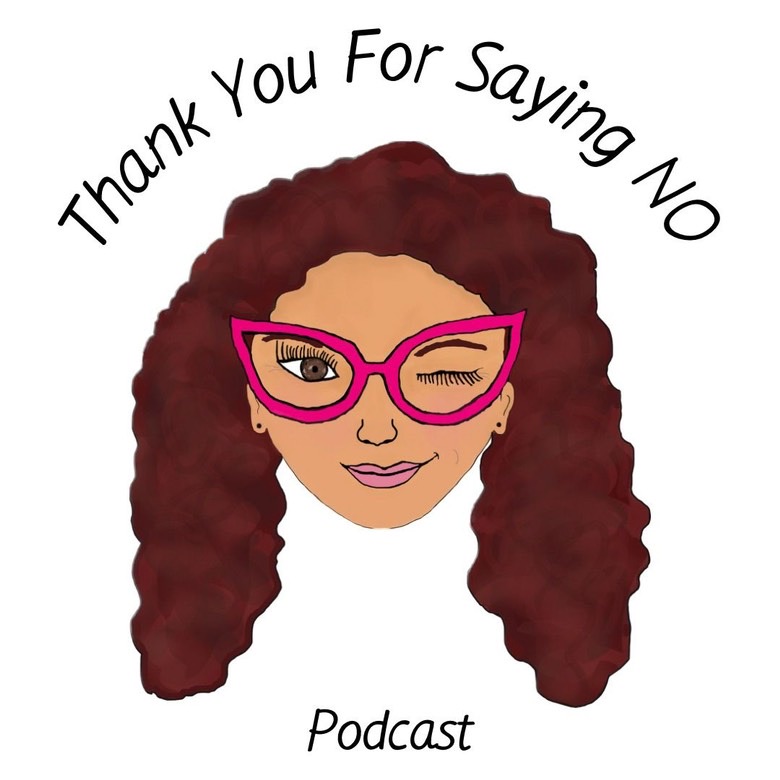
Beyond Normal
Are you ready to embark on the path to entrepreneurship? Join Beyond Normal Media, where we empower startup founders by highlighting their incredible journeys and the ways their products and services cater to customer needs.
Our podcast features insightful interviews with founders, sharing their challenges, triumphs, and actionable advice for aspiring entrepreneurs.
Beyond Normal
My Newsletter Journey: Lessons Learned The Hard Way
In this episode, Kenny Groom from Beyond Normal Media shares his journey of creating and evolving a successful newsletter. He discusses the inception of his newsletter (00:00) the initial misconceptions and mistakes (01:06), and the lessons learned along the way (03:23). Kenny also emphasizes the value of incorporating short-form content and measuring feedback for continuous improvement (06:49). This episode offers practical advice for creators and business owners on leveraging newsletters to tell their stories and engage with audiences effectively (09:49).
1 Hour Content | Beyond Normal SolutionYou’re busy running your business. Answer 10 quick questions—we’ll handle the content creation.
Disclaimer: This post contains affiliate links. If you make a purchase, I may receive a commission at no extra cost to you.
Follow us on:
Website | www.beyondnormalmedia.com
Instagram | www.instagram.com/beyondnormalmedia/
Linkedin | www.linkedin.com/company/beyond-normal-media
Woo.
Kenny:Hey, y'all, this is Kenny Groom from Beyond Normal Media, where every story is a journey. Today, we'll be diving into something that's really helped me, grow as a storyteller and creator, but certainly not without some bps and bruises along the way. And that topic is my newsletter journey. So I wanna start out by discussing, you know, talking a little bit about why newsletters, what got me into, launching a newsletter. I launched, the first, newsletter, when we were just the Beyond Normal podcast. So this was about three to four years ago. I saw some other creators in the space really leaning into their newsletters and, and really putting their, their. Thoughts to paper? there was some excitement initially for me as I saw this as a much more, like a, a much more like journalistic medi that I thought this would give me some credibility, but I quickly learned, that couple things, right? there were a couple misconceptions that I had. I approached newsletter writing from the, From the, the lens of like writing a book report. Like, and so for those of us that have gone and completed grade school, we all remember, having to, even some of us that, that may have done, some, some, college work, post grad work especially, the, the, the process of writing a paper, doing all sorts of research, and then having, you know, several pages. Almost, maybe in some cases having what felt like an entire book worth of information that we presented to the public. And so that was a misconception that I had because I think initially I was writing it in a format that was a little bit dated and just with today's audience and, the, the, the, the, The mental capacity that people put forward when digesting newsletters, I certainly think that nobody is opening up a newsletter and excitement, waiting for a book report, right? And so that was one really big, misconception when I started it. Really, probably about three to four years ago I wrote a, a few, issues is what I, I like to call them. Like, I, I relate that to like comics. I read a lot of comics growing up and so I labeled mine as issues, but I essentially wrote like maybe one or two and it kind of fell off. This past, this past year, the past 12 months, I really have revisited. the medi itself. And I'm really excited, about, you know, what we can make this into. And so with that, I want to, I want to quickly, just touch on, some of the lessons. Let, let, let, let's transition to the lessons learned, right? So I mentioned some of those misconceptions that I had, but there were several mistakes that I think I made, initially. And it was limit the, the biggest mistake I made was limiting the scope of the newsletter to the podcast itself. And so it really forced me to, you know, almost. Deliver the newsletter in like a bio, like a biography kind of format. Again, going back to that book report mentality that I came into this with, that was one, big mistake I think I had. just early on. the second one was, you know, skipping consistency, right? And so I told myself I would try to come out with one. Every single month and there's a couple key words that you probably hear. And there it, the first thing being try, right? And so I would try to do something obviously, priority shuffle. And so it would just never be the top priority in any given moment. But then the second thing in there was I said it, I would just come out with it. You know, for the month, I didn't set a timeline. I didn't set a date. And so those were two things when I relaunched it this time that I, I wanted to make sure that I focused on a little bit more and, I. So this time around, from a consistency perspective, definitely sticking to writing it each and every month and kind of leading up to, the, our release date, making sure that. You know, I, I have enough meat on the bones, right? I, I've been thinking about certain topics, you know, maybe not as formally as an, an instructor, structured as, as as possible. But I at least have some thoughts in my head where I could sit down and really craft a unique piece, for, in the newsletter format. And then the, the second thing there that I touched on was, instead of saying, I'm just gonna release it once a month. Setting a, date in place. And so for us, our newsletters come out on the 20th of every month. Don't ask me why I came up with the 20th. that is just the day that I picked. It sounded like a good day to release a newsletter. It is towards the end of the month. And so for me, that gave me some time to know, Hey, I'm gonna do some really cool things to start. Most months anyways. And so let me go have, you know, touch grass, right? Do some activities, do some cool things, and then use the latter part of the month on the 20th to, to tell my listeners about the cool things we've been doing, the stuff that may be relevant to them. I. Our audience for the Beyond Normal podcast is founders, and so I'm always looking to connect in different activities, different spaces, different communities, particular to that audience. And so I always know, on the 20th of the month I've done some, some really cool things and connected with some really cool people that I can tell our audience about. The last thing I'll throw in there is about measuring feedback. I, I think this one is a hard one to really say. You should do it from day one. I, I will say you should be getting feedback from your audience, from different writers, from your peers. Again, throughout the process. but, you know, measuring the feedback, seeing if folks are opening the email consistently, are folks unsubscribing. Those are gonna be some, some, some things you wanna look out for. I don't think early on when you're starting a newsletter though, they're, as you know, the first few issues, they're as important because you're just trying to get. In the, in the mode of writing a newsletter, if I can, if I can say that. But again, that's just something you want to be mindful of. There is a art to. When you should be caring about metrics and most of the time when it comes to creative things, different medis, you probably shouldn't care at the beginning about measuring things and measuring clicks and things like that. But as you start to, to figure out your process, I definitely think it's important. I did notice speaking on the, the feedback piece when I originally launched the newsletter some years ago, I. And then I quit it. One of the things I did notice was. There wasn't necessarily a connection with the audience. And so again, that book report style kind of delivery, I don't think I, I really don't think, it, it was resonating with folks and it, and it, I. And it proved to be true, right? Because now we're in a world now where there's so much focus on short form content and things like that. That newsletters really now they are a form of short form content because typically a newsletter's gonna be a. A read, somebody can do five, 10 minutes or less. Right. Even shorter than that, at times I've seen some really good, newsletters, in the current times where the shorter the better. and this leads me to, you know, just my realization on short form, you know, adding things like clips in making it engaging for the current times. That's something that, you know, it. For somebody who isn't used to the format of newsletter writing, I would say, you know, it is important to, you know, just take note of that and, you know, see what you're doing on other platforms. We have a, a, a big focus on platforms like Instagram and YouTube shorts and things like that. We can take some of what we're doing on those platforms and just put it into this format here. Lastly I want to touch on, or no, just one of the, the, the, the topics I wanted to discuss in this moment, right, is just advice for. Creators trying to, you know, leverage this platform. again, I wanna reemphasize, you know, being consistent, utilizing what you're already doing. In terms of short form content that you're, you know, just the different ways you're putting content into the world and, and realizing this is just another medi for you to get that out. You don't necessarily have to transition to a journalistic, you know, ethos to write a newsletter. You can really make it your own. You and, and. In that, when I say that right, it just came to my mind, right, the importance of treating this newsletter. Like it's just a, a, a brand touchpoint. It's just another way that you're offering, your, your, your brand, what you really focus on, your core to your audience, some of your audiences. They're readers, right? They want to read through something and then that kind of gives them that food for thought. That's what this newsletter is. It's giving them that food for thought through a few words that you deliver on a consistent schedule. For me and what our team does at Beyond Normal Media, we have a, a really big, focus on our one hour content, pro product right now, our solution that now plays into this. And so we sit with, creators, creatives, business owners, right. And in that one hour content session, right. If they have. If they are having some thoughts that they're putting together, right? We're speaking through things. They do have the ability now to. Really figure out how a medi, a written form, a word form medi, like newsletters really plays into what they're doing, you know? So lastly, you know, I just want to, you know, this is my call to action at the end. If you've been, you know, listening this entire time, I appreciate you. we will definitely be diving more into the newsletter space or the newsletter kind of medi in general. if you're in the trenches trying to tell your story, your brand story. Worry. Just know you're like, you're not alone. This is something for me as coming from someone who focuses more, who has been focusing more on being an orator, saying things out loud and, and really using that as my call to action for folks. this is a really cool space to be in for me. I've leveraged, things like note taking. You know, mem voice notes to kind of get some of my thoughts out before I transition them into the newsletter format. So there's all types of different ways I think right now, that folks are trying to figure out, you know, how to leverage a newsletter for maybe their creative capacity or there if there you are a business owner out there, there's different ways you can tap into this. If you don't mind, right? I gotta put this in there. Make sure you hit that subscribe button, and we'll be building this out together. I'll be focusing more on my journey into newsletters. Again, I shared a little bit about some of the mistakes I made along the way, but I want to make sure that, you know, I'm sharing this with the world because I'm, I'm, I'm trying to build this in public. and see, you know, what, what really resonates with those that are willing and, Spending the time with me to, to, to talk through these things, or even just listening to my recordings like this. If you do have the capacity, check out our one hour content service. If you're ready to show up with ease for your audience, again, our, our model for this is you spend one hour with me, you get a month or more of engaging content for your audience. Thank you for tuning into this, testimonial from me on my newsletter journey. Thank you.
Podcasts we love
Check out these other fine podcasts recommended by us, not an algorithm.

Living Corporate
Living Corporate, LLC
Highly Visible & A Little Misunderstood
Jonathan Dumas
Honey & Hustle
Angela Hollowell
